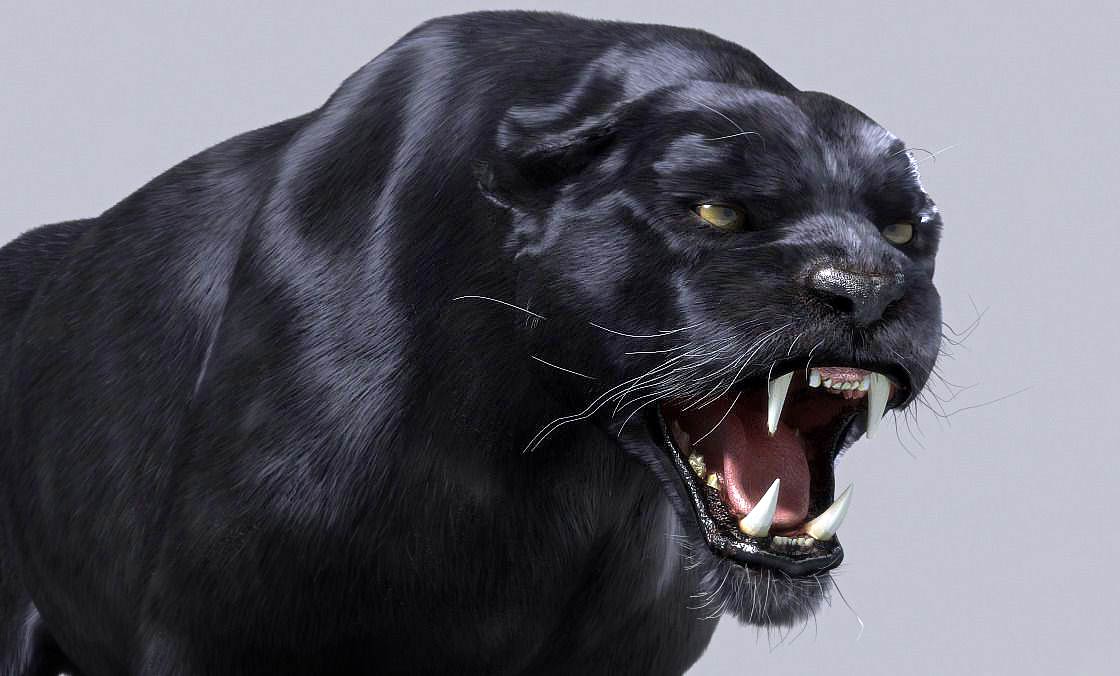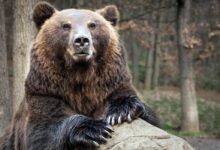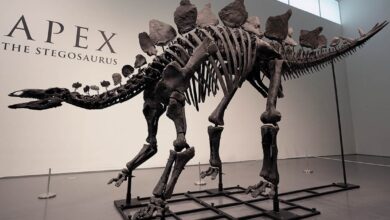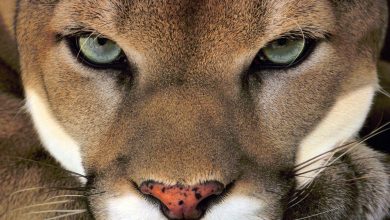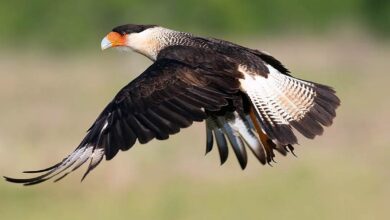British mysterious big cats
Nature in England is hardly associated with large predators, because they are simply not there. That is why, for years, reports of huge cats, typical of the African savannah or American forests, have been causing a lot of sensation there.
ABCs – Alien (Anomalous) Big Cats
British Big Cats, phantom cats, mystery cats, mysterious big cats
From the mid-nineteenth century, one of the favorite pastimes of the British elite was listening to tales of hunters about large and dangerous animals living in exotic lands. The inhabitants of the Islands listened to them with fascination and fear, glad that such dangerous predators did not occur in their home country. That is why the reports about large predators, especially leopards, found on the territory of Great Britain, which appeared quite regularly, aroused both fascination and fear.
The popular phenomenon has got the abbreviation “ABCs” used in the press and popular science magazines, which comes from the phrase “Alien (Anomalous) Big Cats”.
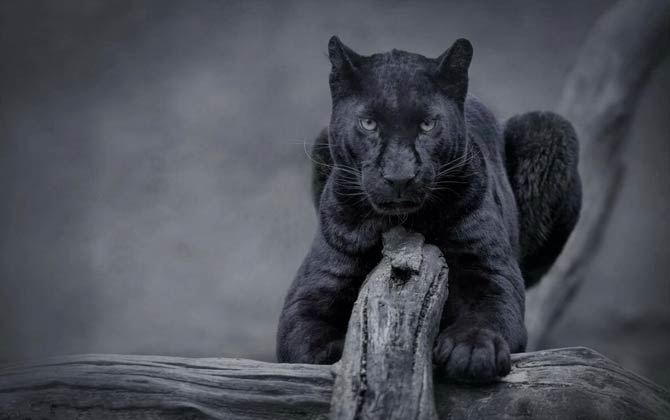
Surrey Puma (Puma from Surrey)
Probably the most famous “ABC” was puma from Surrey, which became a loud topic of the 60s of the last century. It was first seen by Ernest Jellett – the water management official who controlled the fish ponds. On July 16, 1962, he saw a big cat hunting a rabbit. The description of Jellet, privately an amateur zoologist, was very accurate. The animal resembled a small lion, it was beige and had a thick but not fluffy tail. It was probably a puma, he thought. The police called to the scene found traces of a large predator actually living there.
Jellett’s account appeared in the local newspaper. Many people who had seen a similar animal before, but did not admit it for fear of being ridiculed, quickly contacted representatives of the local press and local authorities. For a time, things went quiet, but two years later, the workers on the Bushylease farm spoke of a big cat making a terrifying noise – their accounts were agreed and confirmed by many. A cow was also found torn to pieces by an unknown animal – the vet called to the scene could not identify the teeth marks.
There were so many similar reports that in August 1964 the farmers decided to organize a hunt for the mysterious puma. No animal was captured, but the evidence was found that a large cat did indeed live in Surrey – paw prints and the remains of a den. The result was almost hysteria from the people of the county. Observations were recorded so much that the locals were afraid of the mass escape of animals from the zoo, which, however, was denied by all such facilities. The numerous tracks in this area were almost always considered to be left by a puma – and turned out to be the work of a fox or a large dog.
Finally, in September 1964, traces were found near Monstead that experts believed were undoubtedly left by the puma. It seemed Jellett was right. Unfortunately, the news was made public and panicked residents reported the puma at least once a week – in just three years it was reported 362 times! There was also a real safari – well-equipped hunters came to Surrey, hoping to shoot an exotic cat. However, the emerging reports of her shooting were never confirmed.

Where did the puma in England come from?
Could a puma actually live in Surrey? This cannot be ruled out. Apart from reports that apparently caused mass hysteria that made observers see a big cat even in some dogs, there were also credible reports. Evidence has also been found that a puma did live in the area.
But where did the puma come from in England? In 1964, a careful count of exotic predators in Great Britain was made – it turned out that 23 pumas live there. They were all under careful supervision and none escaped. The animal seen in Surrey may therefore have been smuggled illegally. This probably happened around 1958 – as evidenced by the fact that in 1959 the local police received the first report that an “unusual lynx” had been sighted in Surrey – a young puma somewhat similar to this predator.
Puma could easily survive there. In Surrey she would not run out of food (there are thousands of rabbits, for example), she would not encounter any enemies (in the UK there is no animal capable of killing an adult puma), and besides, the county is overgrown with forests, so she could easily hide and live for many years. In addition, the puma is an animal with considerable adaptability – it can survive both in forests and in the mountains – and the climate of Surrey is milder than in North America. The animal would therefore encounter an almost ideal living environment in England.
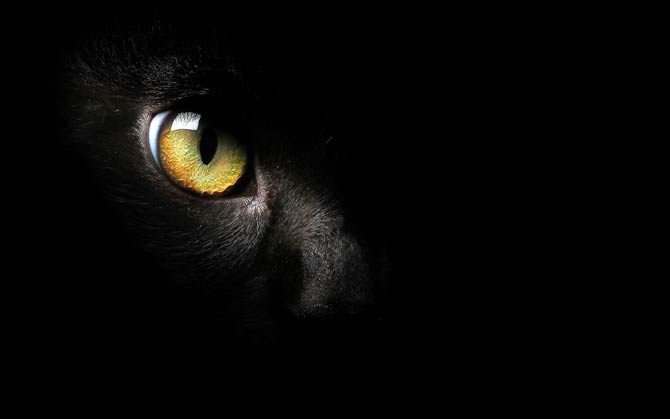
Other big cats in the British Isles
Canadan lynx
Surrey Puma is not the only known case of an exotic cat escaping into the wild in the UK. As early as 1903 in Devon, a Canadian lynx was shot and its stuffed body is still kept in a museum in Bristol.
Puma (Cougar)
In 1980, a puma was caught alive in Scotland, and it had been observed for many years. It did not become as famous as the Surrey puma, because the local farmers did not want publicity, and they quickly took care of the matter on their own. One of them set a trap thanks to which he caught the animal without hurting it. Puma went to the zoo and got the name Felicity. The director of the facility ruled that the animal was already used to people, which proves that it must have escaped from captivity earlier.
Lynx
In 1991, a lynx was shot in Norfolk County, which killed 15 sheep in two weeks. This news was considered a city legend, as the material was not published until 2003, but a police investigation showed that this was true. The animal probably escaped from the center where the animals in danger of extinction were being multiplied. The hunters did not report to the police, fearing the punishment for killing the animal, but they found that they had to do so for the sake of their livestock.

Ocelot
In 1994, the inhabitants of the Isle of Wight were chilled by the news of a huge cat roaming the area. He has been seen repeatedly kidnapping ducks and chickens from farms. An attempt was made to catch the animal alive, but a farmer shot it earlier. According to the police report, the animal was found to be an exceptionally large specimen of the ocelot.
Lynx
In 2001, the subject of media interest again became lynx. This time it was a young female, who was roaming the northern suburbs of London. She was caught on the school playground. She was first placed in the London Zoo and then taken to France for release. However, it was not possible to determine where the animal came from.

ABC (Alien Big Cats) – 19th-century fad effect
The undoubted beauty of exotic predators makes them one of the greatest attractions of zoos to this day. Many British landowners wanted to own their own big cats. With extensive estates at their disposal, they did not even have to build cages for them – they could set an enclosure for them, fence it properly and thus provide relatively good living conditions. It became especially popular in the 19th century.
However, it often turned out that the measures taken were not sufficient – captive animals sometimes escaped. Thus, they became a cause of terror for the less educated rural population, who had never seen such animals. This, in turn, made one escaped animal turn into a whole herd of predators in the stories.
Another fact contributed to the universality of the ABC legends. The growing awareness of the need to protect nature, the fact that wild cats are becoming less numerous and the escapes of predators from private zoos meant that in 1976 the British government passed a very restrictive law regulating the breeding of such animals. Many breeders were unable to meet its requirements, and they were also afraid of investigations into the origin of the animals, and thus trials to support poaching and illegal trade in animals. Many animals were then released into the wild – the result was heavy losses among livestock and of course hundreds of reports of big cats.
Another explanation for the ABC observation relates to the fact that cat breeding is very popular in the UK. Unfortunately, the animals sometimes run away. This also applies to Maine Coon cats, which reach up to 120 cm in length and weigh over 8 kg – this means that they are much larger than the average domestic cat, and due to their “wild” appearance and long hair, a layman may consider them an unknown, exotic predator.
The vast majority of the observations turned out to be made up or related to well-known animals. Nevertheless, some turned out to be true. Enough evidence has been found to suggest that indeed some areas of the Islands have had large carnivores for some time. In other cases, it was an invention of the local population to see a puma or panther in every larger animal. Therefore, it is very possible that the ABCs will live forever in Britain – in the form of local legends.
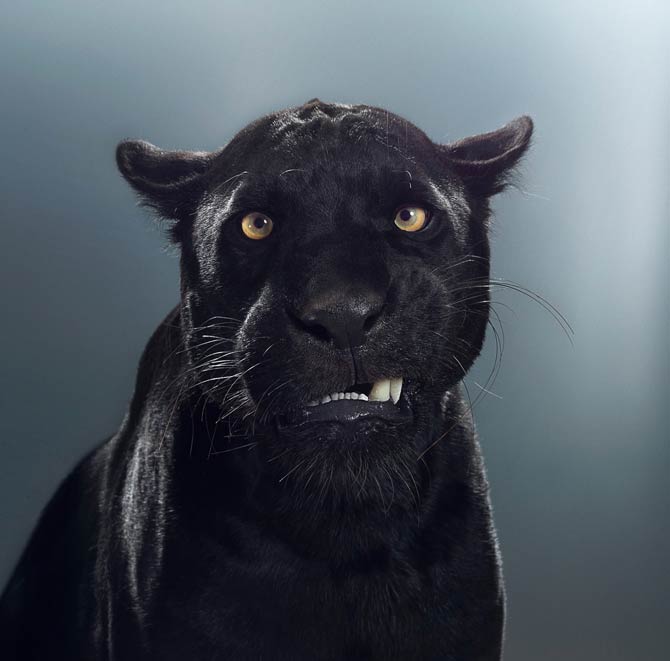
Alien Big Cats – interesting facts
- Not all ABCs’ observations can be easily explained. For example, the case of the “The Beast of Bodmin” was known – it was a large cat that wreaked great havoc on Cornwall’s livestock. In 1993, a film was made, showing an animal that looks a bit like a black panther. Counterfeiting has been ruled out, but the species of the animal has not been established.
- There are more confirmed sightings of the Surrey pumas than some rare species of wild cats in their natural habitat.
- The ABCs phenomenon is also known in Canada, Australia and New Zealand, where it is called “phantom cats”. Breeding of big cats was also popular there in the past, and in that time, animals were released en masse due to legal changes.
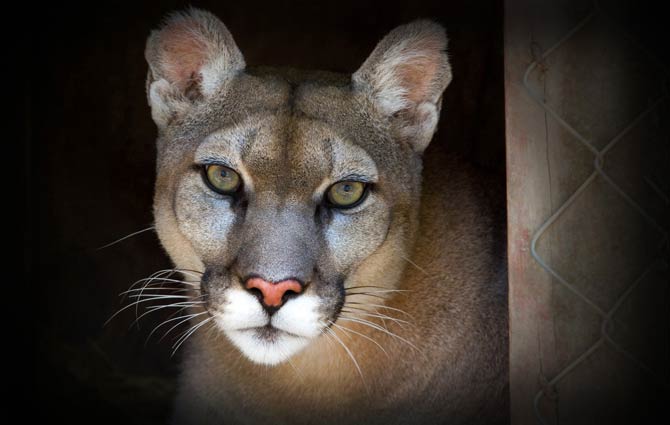
Recommended
- Beast of Gévaudan
- Asian golden cat
- Lion vs tiger
- Tsavo lions
- Barbary lion
- Siberian tiger
- Bengal tiger
- Sumatran tiger
- Indochinese tiger
- Malayan tiger
- Tigers
- White tigers
- Lions
- White lions
- Liger
- Animal fights
- American lion
- European cave lion
- Smilodon – Saber-toothed tiger
- Big cats
- Black panther
- Leopard
- Snow leopard
- African Lion
- Fastest animals
- Fastest birds

